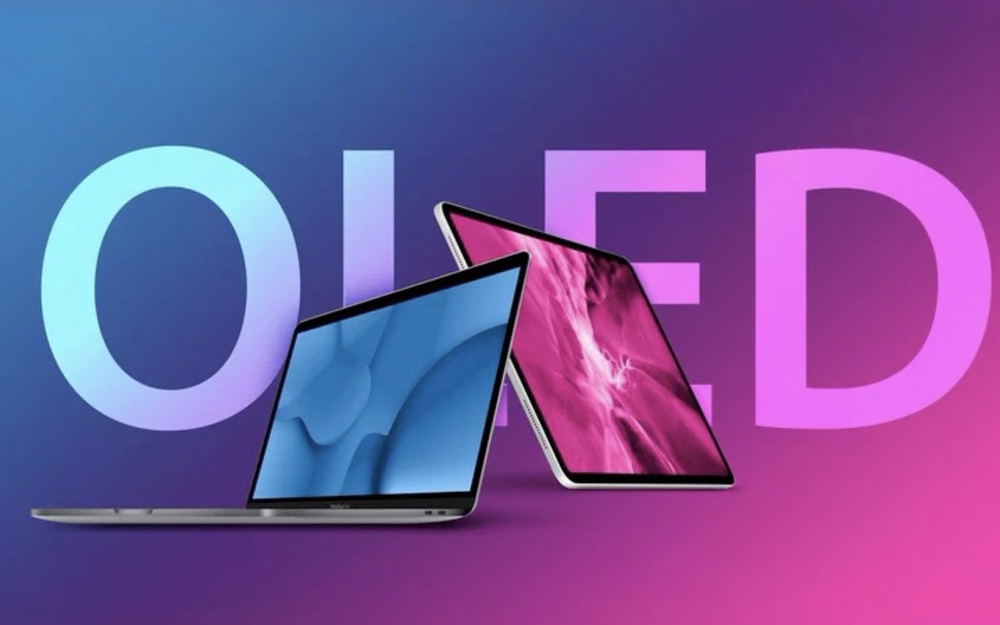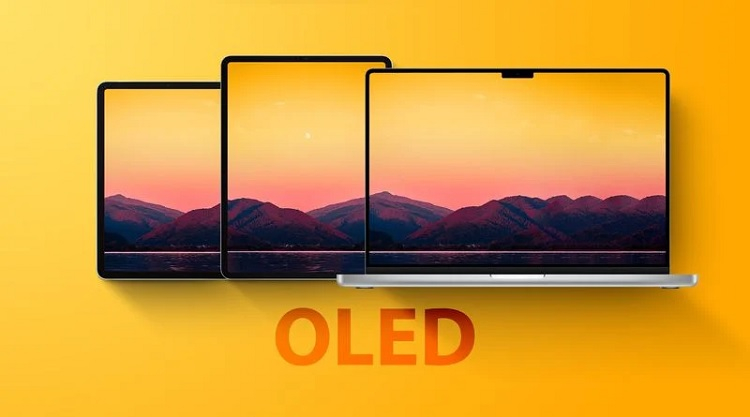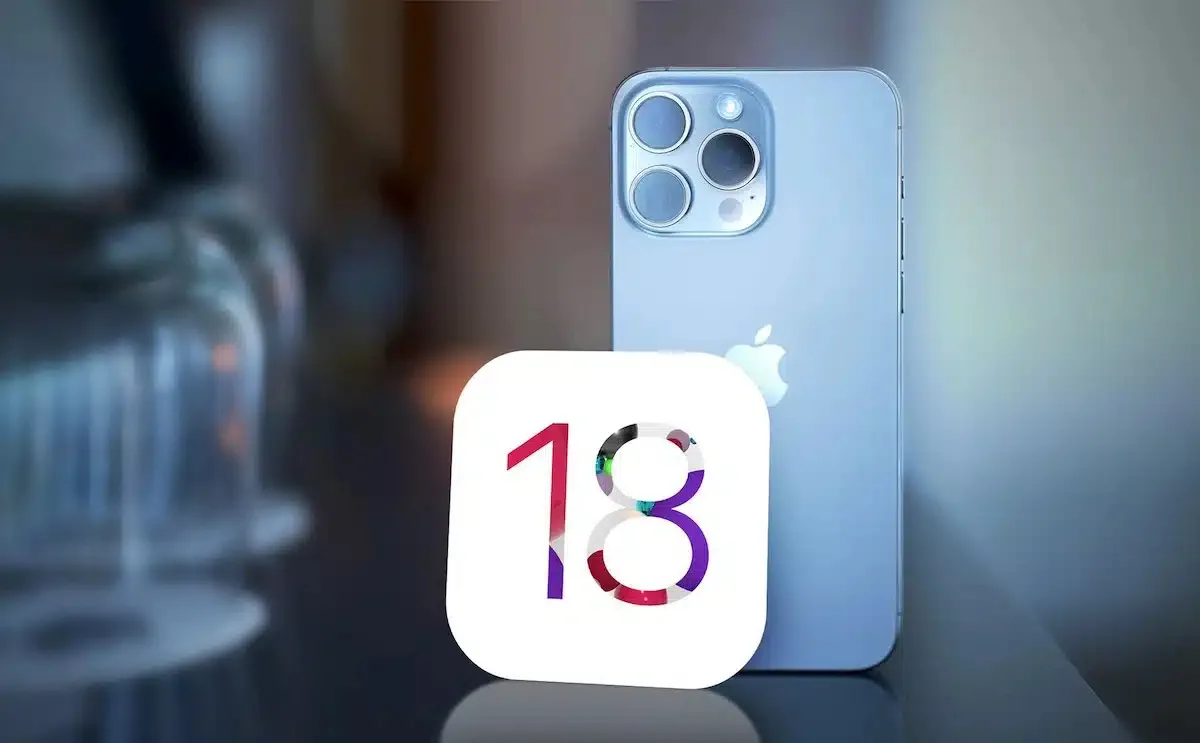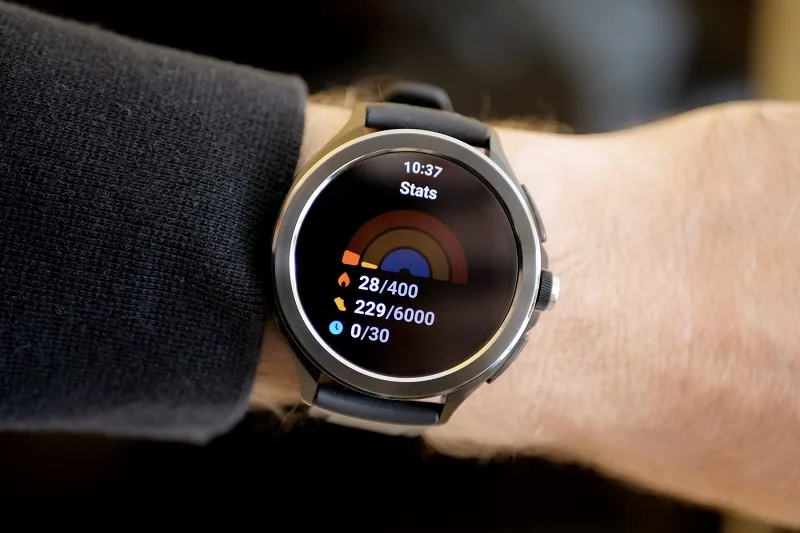
The next generation iPad and MacBook Pro versions will have super high brightness OLED displays.
Apple is planning to equip the new iPad and MacBook Pro versions with OLED displays in the near future. Such a report has been published by one of the South Korean publications. The company is also working on microLED displays. But let’s focus on OLED technology for now. First the iPad Pro will have this type of display, and it won’t happen this year as expected, but in 2023 or 2024. The MacBook will have such an upgrade around 2025. Such conclusions were drawn based on what supplies are involved in two companies from South Korea, which produces displays. These are Samsung Display and LG Display.
The advantage of the new OLED display
The new displays will have multiple layers, and one of the groups should consist of blue, green and red. This will double the brightness and make the display more durable. There will also be a TFT layer, i.e. on thin-film transistors with liquid crystals. Its purpose is to enable pixel switching.
The technology in question is more advanced than that used in standard OLED matrices with a single band of blue, green and red colours. But by using a TFT layer, the price is roughly doubled. The new displays are expected to refresh at an adaptive rate.
This combined technology was chosen because it can extend the life of computers and tablets. In addition, savings can be made this way.

Who will be the display suppliers for Apple
Which supplier to work with will be determined by Apple based on set pricing, meaning that the one of the two companies that asks for a lower price will produce the displays. But both suppliers will have to rebuild their production lines to produce OLED displays in series.
Innovation – microLED
Apple is also continuing to work on microLED screens, and the company plans to equip next-generation devices with them. In all likelihood, they will appear on the Apple Watch first, as it has a small screen, which avoids a significant increase in manufacturing costs. The cost of releasing a smartwatch with an AMOLED screen will not be as high as equipping a laptop or tablet with a microLED screen.
As you know, Apple bought the startup LuxVue in 2014, which is engaged in the creation of such displays, but work on their development has been suspended at least once since then.
MicroLED displays use 50% less energy than OLEDs. Such screens are thinner because they do not need colouring layers. In addition, microLEDs have a much better colour rendering than liquid crystal matrices.
There is no information about when devices equipped with such displays will appear. But it is clear that this technology significantly complicates the production process and requires very high costs.
Related articles
-
 What’s New in iOS 18? Detailed ...
What’s New in iOS 18? Detailed ...With the annual anticipation of Apple’s iOS updates, iOS 18 …
-
 Fruit Slots for iOS Owners: The Ultim...
Fruit Slots for iOS Owners: The Ultim...For enthusiasts of the timeless charm of the casino scene …
-
 Xiaomi Watch 2 Pro: Revolutionizing W...
Xiaomi Watch 2 Pro: Revolutionizing W...The Xiaomi Watch 2 Pro emerges as a cutting-edge wearable …
